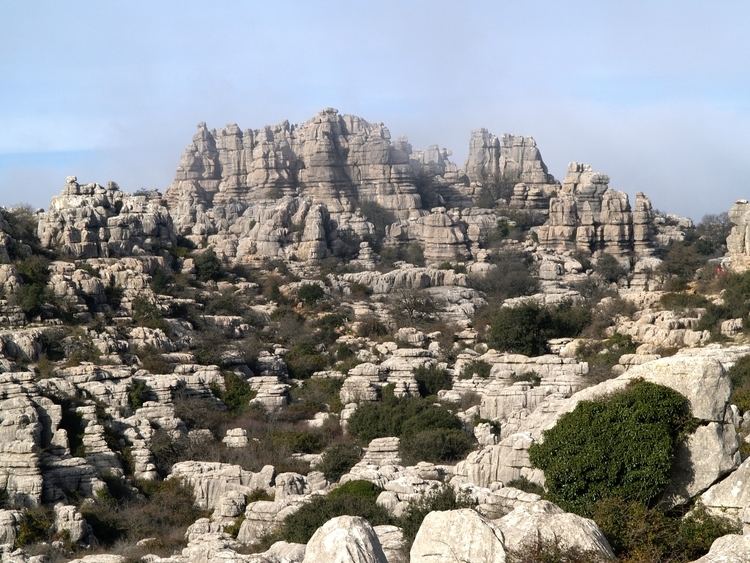Criteria i, iii, iv Inscription 2016 (40th Session) | Type Cultural in series Reference 1501 | |
 | ||
UNESCO region Europe and North America Similar Dolmen of Menga, Conjunto Arqueológico Dólmene, Dolmen de Viera, Tholos de El Romeral, Peña de los Enamorados | ||
Antequera dolmens site nomination for inscription on the world heritage list video
The Antequera Dolmens Site is a cultural heritage in series comprises by three cultural monuments (Dolmen of Menga, Dolmen of Viera and Beehive tomb of El Romeral) and two natural monuments (Peña de los Enamorados and El Torcal) existing in the city of Antequera, in Andalusia, Spain. The cultural institution responsible for its protection is the Archaeological complex Dolmens of Antequera. It has been declared a World Heritage Site in 2016.
Contents
- Antequera dolmens site nomination for inscription on the world heritage list video
- Exceptional universal value
- References
Exceptional universal value
For a heritage is declared World Heritage Site must demonstrate that it has an exceptional universal value, ie, which has an extraordinary importance transcending national borders and is of interest for present and future generations of all humanity.
UNESCO requires justification of at least one of the six criteria set for the cultural heritage by the Convention on the Protection of the World Cultural and Natural Heritage (1972) to demonstrate the exceptional universal value of the heritage. The proposal of the Antequera Dolmens Site is based on one of them (i), the ICOMOS in its final report incorporates other two (iii, iv).
The Dolmen of Menga represents a unique masterpiece of lintel Megalithic architecture (Atlantic tradition), based in orthostates and blankets, unique for its enormous dimensions that lead to the limit constructive the typology of corridor sepulcher, incorporating an unprecedented solution of intermediate pillars; likewise, the Beehive tomb of El Romeral complements the catalog of megalithic constructions with a vaulted solution by rows based in masonry (Mediterranean tradition).
Both the Dolmen of Menga as Beehive tomb of El Romeral present anomalous orientations, as evidenced the Professor Michael Hoskin where he finds that the 99.99% of the dolmens of Mediterranean area have an orientation of celestial type, ie, linked to the sunrise at the dawn of the equinoxes (as occurs in the Dolmen of Viera). However Dolmen of Menga is oriented to the anthropomorphic profile of Peña de los Enamorados to, and specifically to Rock shelter of Matacabras which has been located cave painting. Meanwhile, Beehive tomb of El Romeral is oriented to the mountains of El Torcal where is the Cave del Toro (terrestrial orientation) and at noon sun in the winter solstice (celestial orientation). In addition, in this axis Dolmen of Menga-Peña de los Enamorados is located the Beehive tomb of El Romeral. Thus, the Dolmens of Antequera build a unique megalithic landscape by the unique intrinsic relationship established with the natural elements.
The three megalithic monuments reflect a stage of human history in which the first ceremonial monuments in Western Europe were built, according to the two major building traditions of Megalithic art (lintel and dome by rows). This is an original proposal on the List of World Heritage Sites as it is not mixed heritage (where the cultural values of a heritage would be added the natural of the others) but a aware integration and closer dialogue between the Megalithic architecture and the landscape. A phenomenon of 'landscape monumentalization' occurs by which the natural landmarks acquire the value of monuments while the constructions are presented under the appearance of natural landscape.
Finally, the authenticity of the megaliths is proven when many researchers agree in the secondment to the Neolithic of Dolmen of Menga (lintel architecture) and the Chalcolithic of Beehive tomb of El Romeral (architecture domed by rows); and the integrity is also demonstrated by keeping all its constituent elements in good conditions.
